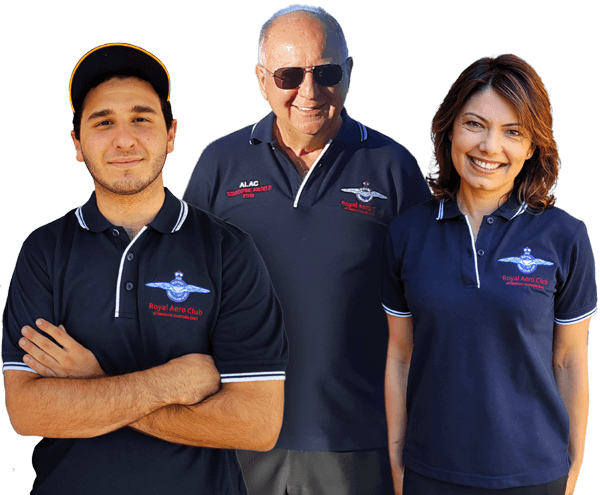We recently had an incident where a student attempted to inspect the top of the wing of a Cessna 152 Aerobat, normally not an issue but in this incident, the aircraft was in flight and the student was wearing their seatbelt, albeit, incorrectly.
Seat belts serve 2 main purposes.
- They prevent vertical movement encountered during turbulence or manoeuvring, this is one of the responsibilities of the lap strap.
- They prevent forward movement away from the seat in a sudden stop as is experienced in a crash. According to Newton’s first law of motion, a body in motion at a constant speed in a straight line will remain in that motion until it is acted upon by a force. If we don’t have a seat belt on, the force will be our bodies colliding with the dashboard or for rear seat passengers, the seat-backs in front of them. When wearing a seatbelt, the force will be supplied by that seatbelt against our hips (the “waist” strap) and the upper torso especially the shoulders (the “shoulder” strap(s)). The seat belt is therefore incredibly important during a crash:
- Our hips and upper torso are much better at absorbing force than our heads.
- A tightened seat belt greatly improves the use of the crumpling structure. Crumpling is a safety design that allows the structure to decelerate over a greater distance, a cushioning effect. If we have a securely fastened seat belt, we will decelerate with the aircraft (vehicle) and maximise this cushioning. Without a seatbelt, we will lose much of the benefit of this design feature and impact forces on our body will greatly increase.

The issue with our student who attempted their escape. Most probably, when they adjusted their seatbelt they tightened the shoulder straps first, this pulls the waist strap up and whilst it then feels tight, it is not doing the job it is supposed to.
- It allows vertical movement- hence our students’ head breaking the overhead windows.
- If we have a sudden stop, the impact will be borne by the abdomen and not the hip area resulting in an increased probability of internal injuries.
- It increases the probability of “submarining” where the occupant slides under the waist strap, some seatbelts particularly in aerobatic aircraft or racing cars have an additional “groin” strap to prevent this.
The moral to the story
- Tighten both your and your passenger’s waist strap TIGHT and first. The natural “instinct” is to go for shoulder straps first, the adjustment is more obvious and easier than the waist strap as well as offering a sense of security.
- After you have tightened the waist strap, then tighten the shoulder strap(s) as required. Note: without inertia reel seat belts you may require a little “slack” so you can use controls etc. if are about to have a potential crash, e.g. forced landing, give those shoulder straps an additional tug before the event occurs.
An interesting article on seatbelts and the importance of how they are worn can be found HERE.
This report followed the investigation into the mid-air collision of two helicopters at SeaWorld last year.
Until next week. Smooth landings,
John Snare
Safety Manager
Photo by Mariah Krafft on Unsplash


